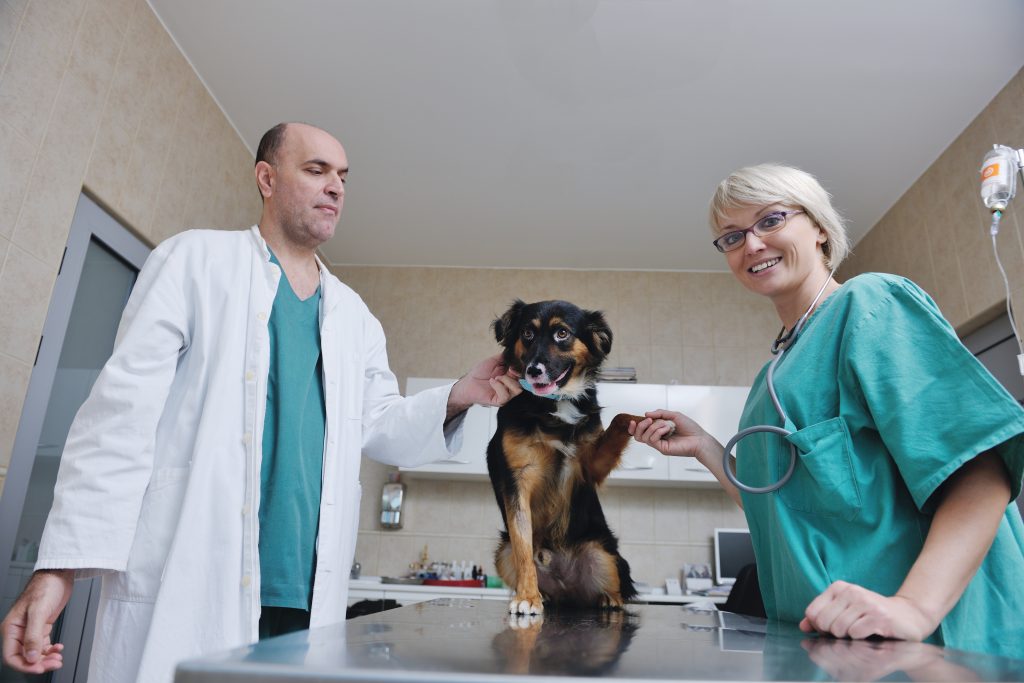Dogs, like other animals, including humans, are prone to various food allergies. This occurs when a dog ingests food which has allergenic compounds. Allergens are substances in the food that trigger the immune system to react negatively. The food allergies in dogs can vary according to food compounds. For years the treating of food allergies in dogs has been through the use of synthetic antibiotics. But for a couple of years, veterinarians keep on using alternate therapies of diagnosis and treatment. Bioresonance is one of the alternative methods of treatment.
Diagnosis Of Food Allergies With Bioresonance
Initially, the use of bioresonance was for human therapy. Its success made the veterinarians try it on dogs as well. The success of the treatment is still debatable, but most dog owners vouch for it. Food allergies can manifest through two mediums. These are the gastrointestinal and dermatological clinical symptoms. Again, it is imperative not to get confused between food allergies and food sensitivities.
Most general treatment methods of food allergies are the use of synthetic medication like antibiotics to treat the symptoms. This can create relief for the dog without addressing the root cause. Thus, after a while, the symptoms reappear back. So it is prudent to have your dog undergo a comprehensive check for proper diagnosis. This can be a serious, painful, and costly affair to you and your dog.
Bioresonance therapy is basically a procedure that diagnoses the root cause of the manifestation. The rationale behind it is simple. The bioresonance machine measures electric impulses from the dog through electric rods. The veterinarian places the rods on the animal. In return, the defective organs in the body send electrical signals that identify the problem. The veterinarian then knows how to approach the treatment.
Other methods of diagnosis include taking a blood sample of the dog for laboratory testing. The test enables the animal doctor to pinpoint the immediate cause of the food allergens in the food. Healthy substances within the blood relay positive electromagnetic rays. If there are unhealthy substances, they will relay negative electromagnetic feedback. Again, once this is over, the veterinarian knows the problem and prescribes the appropriate therapy.
Treatment With Bioresonance
The primary treatment by bioresonance is through detoxification of the allergens. Like in all animals, your dog will undergo some sessions of therapy. During the treatment, the veterinarian will monitor the levels of the negative impulses in the affected areas. The dog may exhibit some increase in the uptake of liquids like water due to exhaustion. Detoxification also increases the use of water to flush out the intoxicants, hence the rise in water uptake. After the initial three to four therapy sessions, the dog will start showing positive results. Of course, some may stay for longer than others.
With the animal doctor’s advice, the next step should be dietary food elimination. In this process, you will remove the underlying food substances that have allergens. When these food substances are out of the nutritional system, your dog should be right back to a healthy life. The skin conditions may take longer to heal. So, keep a routine schedule of your dog cleaning program. This way, you will help manage the manifestations, while healing the dog allergies from the inside.
Benefits of treating food allergies in dogs with bioresonance
There are several benefits of using this therapy on dog allergies, but the main is the holistic approach. The diagnosis focuses on the complete body during electromagnetic testing. This enables the veterinarian to receive several results of the body organs at the same time. It then makes the process of laboratory diagnosis shorter.
Bioresonance alleviates the need to wait for the long waitlists at regular animal clinics. Since it is an alternative form of therapy, it has few people on the waiting bench with their pets. Your dog will get the needed treatment in time.
The treatment finds the root cause without getting into the rigorous process of taking of laboratory samples. It gives the doctor the relief of dealing with the cause instead of trying to pinpoint from the different causes. This, in turn, gives your dog quick and effective relief from the food allergies and resultant symptoms.
Since it does not involve the introduction of synthetic medication, the dog remains safe. Though conventional medicines work, they also affect the immune system of the animal. The side effects of the drugs affect the animal’s immune system. Over some time, the dog may suffer secondary attacks due to the weak immune system.
The treatment of food allergies with bioresonance is mainly through dietary elimination. It is safe and natural; thus, the dog recovers gradually and stronger. While the debate rages on about its effectiveness, there are many success stories. Scientifically, there is a need to corroborate the therapy. In the meantime, dog owners continue to embrace the benefits of alternative treatment.
Conclusion
With the various proponents and opponents of the debate up in arms, the issue will not rest soon. Meanwhile, the treating of food allergies in dogs with bioresonance is gaining popularity. Many veterinarians are trying out the alternative medication that seems friendly to the animals. As such, more discoveries are yet to come.


